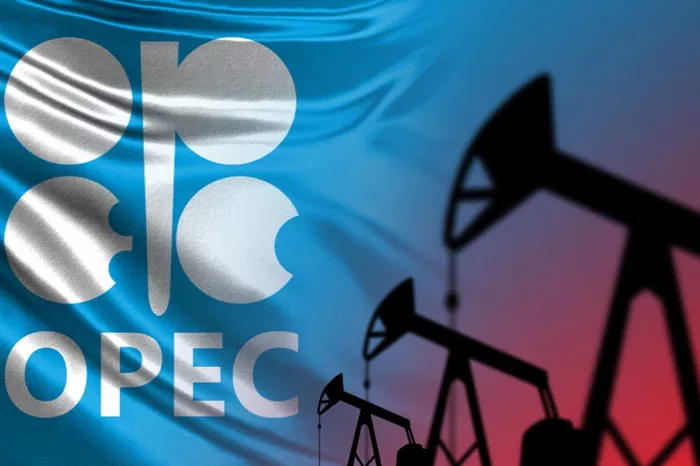The task of managing the global oil market has grown increasingly challenging for OPEC. Traditionally, the organization has aimed to stabilize the market by adjusting production levels to smooth out economic cycles. However, maintaining artificially high oil prices amid sluggish demand growth and emerging new supply sources has proven to be a formidable challenge. There are growing indications that OPEC and its allies, collectively known as OPEC+, may be nearing the limits of their strategy.
This perspective is reinforced by the latest announcement from OPEC+. While the existing production cuts have been extended, the group indicated that the “voluntary cut” of 2.2 million barrels per day (mb/d) by eight member countries will gradually be reversed starting in October 2024, contingent on market conditions.
OPEC+ members, who have collectively built up a spare production capacity of 6.5 mb/d according to Goldman Sachs, are understandably eager to bring some of that capacity back online. However, the market may struggle to absorb these additional barrels without a corresponding drop in prices. Non-OPEC supply is already increasing faster than demand, largely driven by the expansion of US shale oil. This trend is expected to continue into next year.
The prospect of demand growth providing a lifeline for OPEC+ seems slim. The International Energy Agency has projected that global oil consumption could peak as early as this decade. Meanwhile, US shale and offshore projects, such as those in Guyana, are expected to experience robust growth for several more years.
While the cartel may need to abandon hopes of achieving oil prices in the triple digits, it is not inclined to abandon its efforts entirely and flood the market. There is too much at stake. The market price needed to incentivize the production of the marginal barrel is estimated to be between $50 and $60 per barrel, according to Citi, which is significantly lower than the current price of $78 per barrel. Moreover, allowing unrestricted production might not enable OPEC+ to reclaim its market dominance.
OPEC’s last attempt at a price war in 2014 aimed to push high-cost US shale producers out of the market. However, the US shale industry has since achieved significant efficiencies, with recent consolidations in the Permian Basin further reducing production costs. Offshore fields have also become more cost-effective, with Guyana’s break-even price below $30 per barrel, according to Rystad Energy research.
These developments place OPEC in a precarious position. The cartel cannot afford to unleash unrestricted production but also lacks the tools to manage an oversupplied market without resorting to a cycle of continuous, potentially irreversible production cuts.
Related topics:
Opec+ Production Cuts And Gaza Ceasefire Speculation Push Oil Prices Up
Oil Prices Rise As Opec+ Keeps Cuts, But Demand Is Still A Worry
Opec+ Announces Extension Of Supply Cuts, Gradual Return To Market

